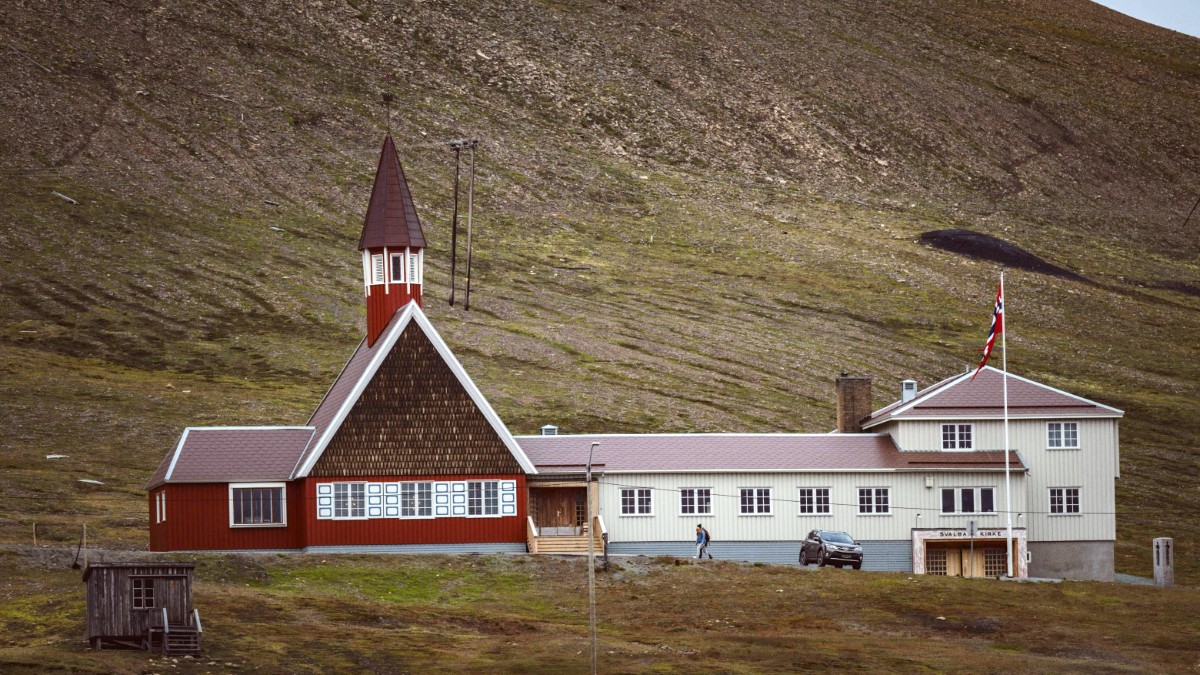
Svalbard, Norway
An abandoned Soviet mining town. Sweden founded it in 1910 and sold it to the Soviet Union in 1927. Abandoned in 1998, it remains a "ghost town," remarkably preserved by the cold Arctic climate. Its Soviet-era architecture and eerie silence present a powerful glimpse into a bygone era.
Accessible by boat in summer or snowmobile in winter from Longyearbyen. Guided tours are fundamental for safety and building access. A full-day excursion, typically 8-12 hours, including travel time and exploration.
From active mining towns to grand glaciers, Svalbard presents diverse exploration options.
A still-active Russian mining town, distinct from Longyearbyen. A functioning consulate, hotel, museum, and brewery operate here. The town maintains a Russian atmosphere, with Soviet-era monuments.
A large, active glacier in Isfjorden. Known for dramatic calving, where large chunks of ice break off into the sea, creating impressive sounds. Accessed via boat tours from Longyearbyen.
Svalbard's human narrative unfolds through historical sites. For immersion, consider multi-day extensions.
Learn about Svalbard's trapping heritage, a challenging way of life that sustained early settlers.
An overview of the island's history, nature, and human presence.
Explore the dramatic history of Arctic exploration and polar expeditions.
An overnight at a remote lodge like Isfjord Radio Adventure Hotel immerses one in the wilderness, with guided activities.
For winter visitors, a multi-day snowmobile or dog sledding expedition ranges further into the wilderness, with rustic cabin stays.